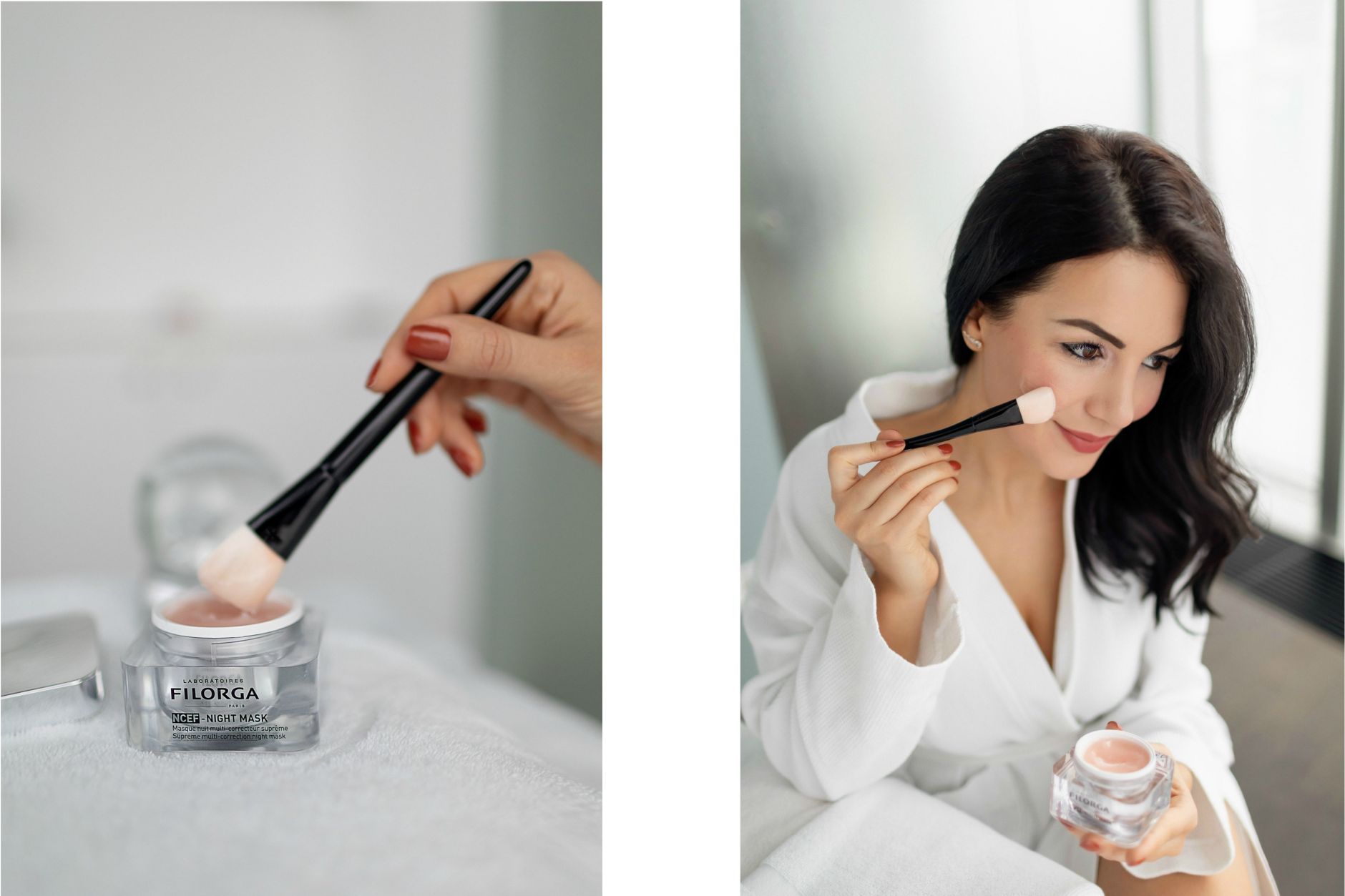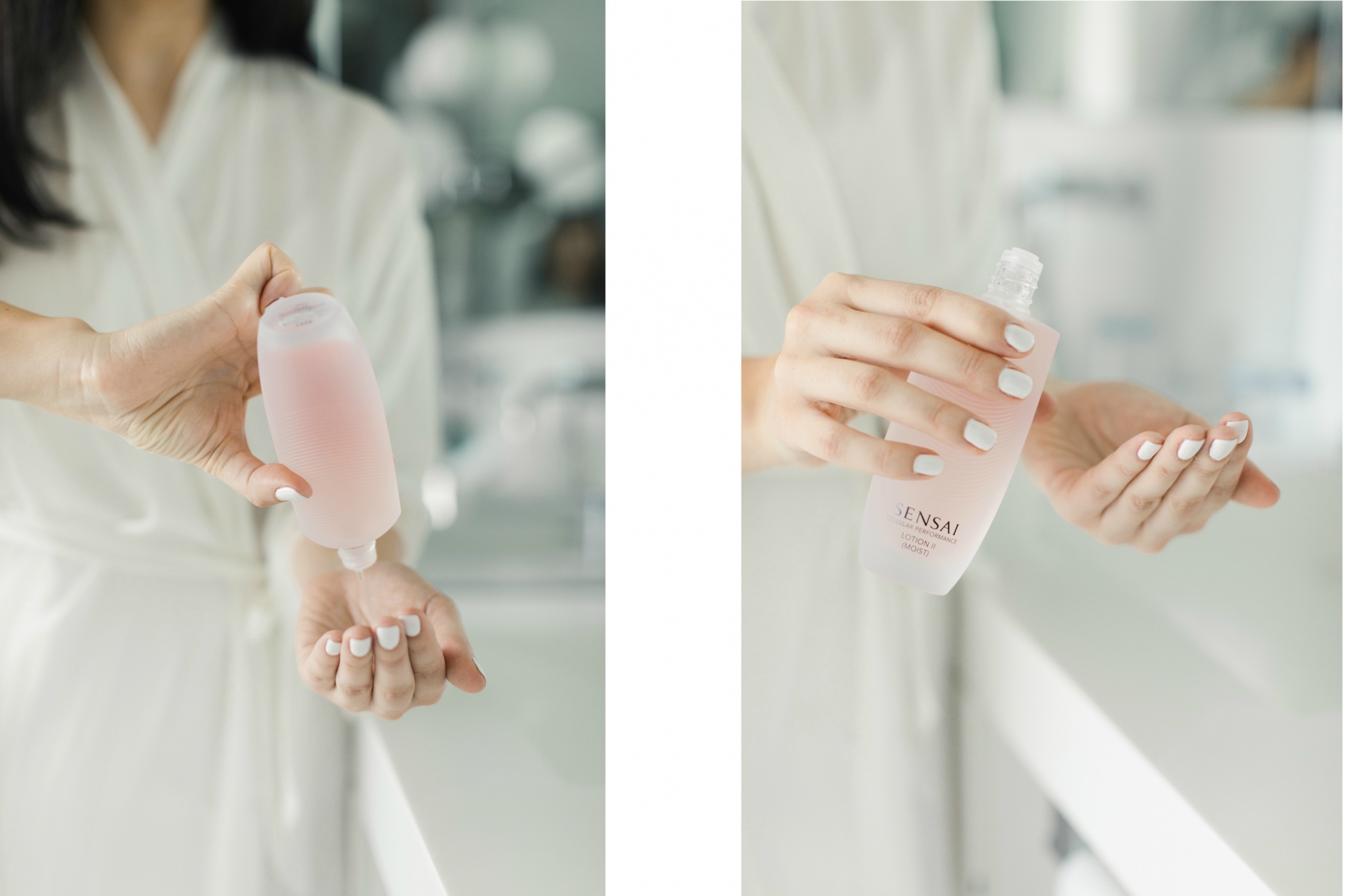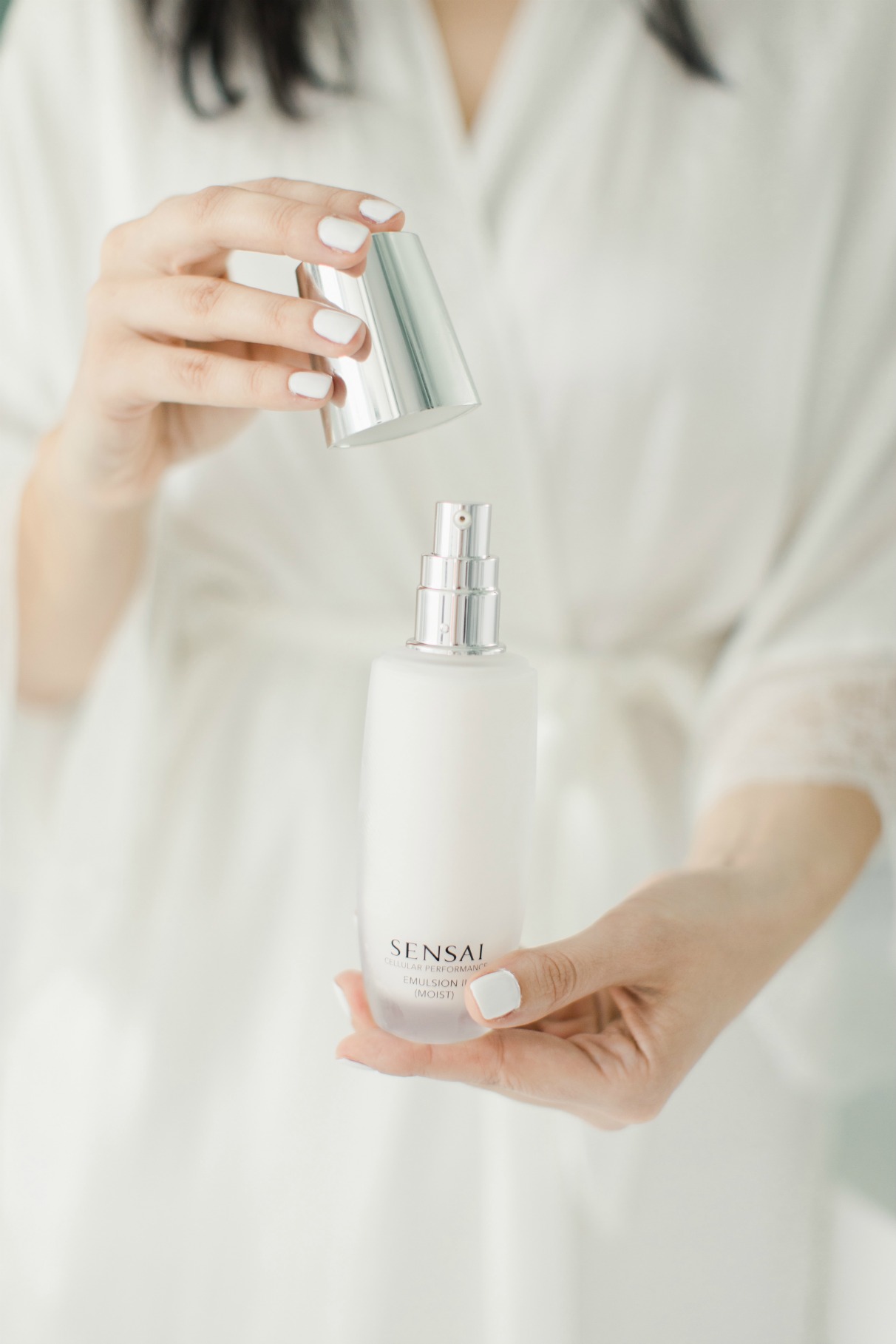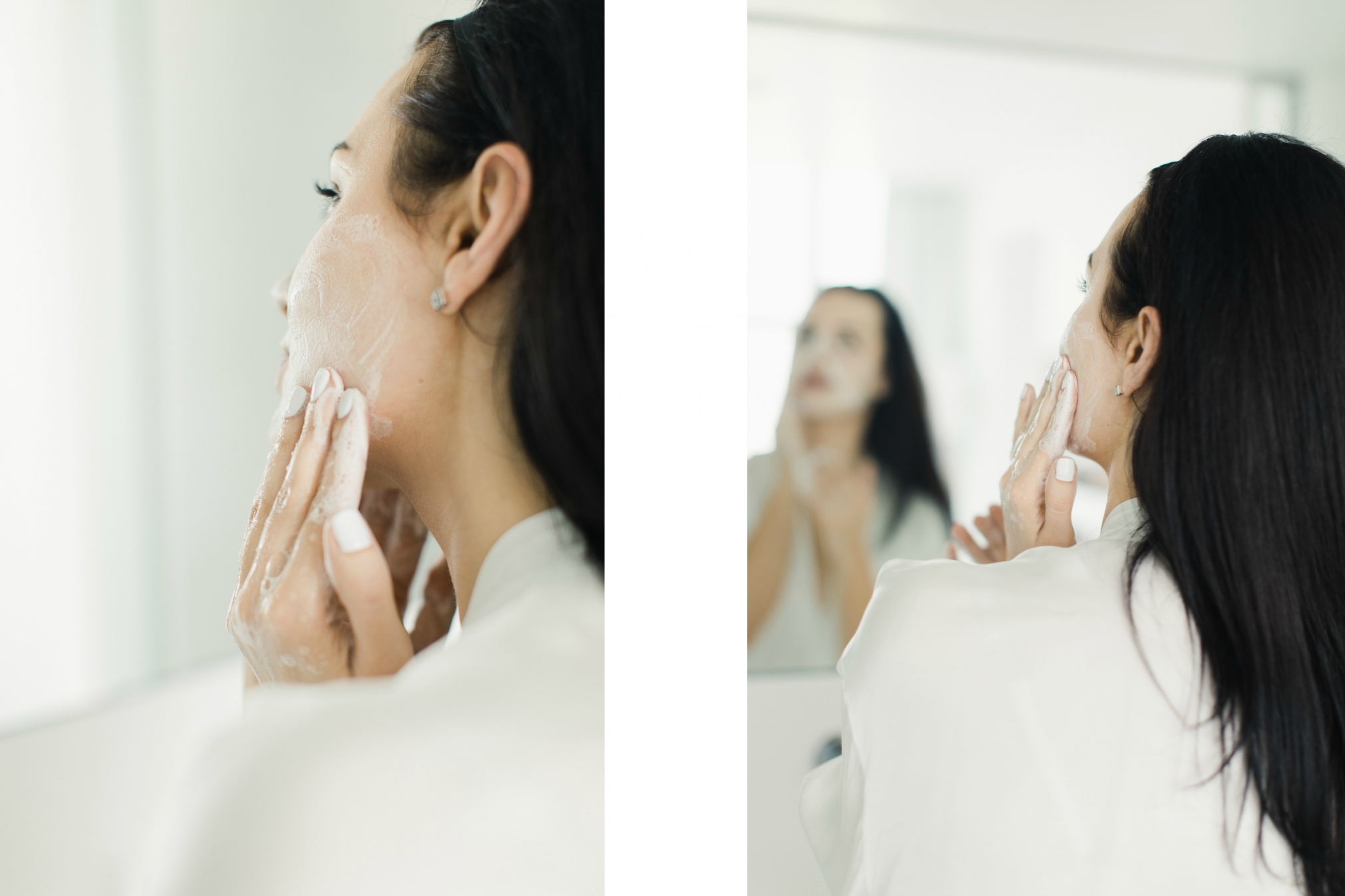
Cosmetic products are an essential part of many people’s daily routines, helping us to look and feel our best. But just like any other product, cosmetics have a shelf life and can expire over time. Using expired or contaminated cosmetics can lead to skin irritation, infections, and even more serious health issues. In this article, we’ll discuss how to know when it’s time to toss your opened cosmetic products.
Understanding Cosmetic Expiration Dates
The first step in knowing when to toss your cosmetic products is to understand the expiration dates. Unlike food products, cosmetics do not have a legal requirement to display an expiration date on their packaging. However, many cosmetic products have a Period After Opening (PAO) symbol, which looks like an open jar with a number inside it. The number represents the number of months after opening that the product can be safely used. For example, if a product has a PAO symbol with the number 12, it means that it should be discarded 12 months after opening.

Common Cosmetic Products and Their Expiration Dates
Different cosmetic products have different expiration dates, depending on their formulation and ingredients. Here are some common cosmetic products and their typical expiration dates:
- Mascara: 3-6 months
- Liquid eyeliner: 6 months
- Eyeshadow: 12-24 months
- Foundation: 6-12 months
- Concealer: 6-12 months
- Lipstick: 1-2 years
- Lip gloss: 1 year
- Nail polish: 1-2 years
- Skincare products: 6-12 months (depending on the product)
Signs That Your Cosmetic Products Have Expired
Even if a cosmetic product hasn’t reached its official expiration date, there are still some signs that it may have gone bad. Here are some signs that your cosmetic products have expired:
- Change in Texture or Consistency
If a product’s texture or consistency has changed from its original form, it may have expired. For example, if a cream or lotion has become lumpy or separated, it is likely past its prime.
- Unpleasant Odor
If a cosmetic product has a strong, unpleasant odor, it is a sign that it has gone bad. Products that have a rancid or sour smell should be discarded immediately.
- Discoloration
If a product has changed color from its original shade, it may have expired. Discoloration can be a sign of bacterial growth or chemical breakdown.
- Irritation or Allergic Reaction
If a product is causing skin irritation, redness, or allergic reactions, it is a sign that it has gone bad. This is especially true for eye products like mascara and eyeliner, which can cause serious eye infections if contaminated.
How to Store Your Cosmetic Products?
Proper storage can help extend the life of your cosmetic products and keep them from going bad too quickly. Here are some tips for storing your cosmetic products:
- Keep Products Away from Heat and Moisture
Heat and moisture can cause cosmetic products to break down and spoil more quickly. Store your products in a cool, dry place away from direct sunlight.
- Close Products Tightly After Use
When you’re finished using a product, make sure to close it tightly to prevent air and moisture from getting inside.
- Avoid Sharing Products
Sharing cosmetic products can introduce bacteria and other contaminants, which can cause them to spoil more quickly.
- Use Clean Applicators
Using clean applicators, such as brushes and sponges, can help prevent bacterial growth in your cosmetic products.

Conclusion
Tossing out cosmetic products may seem wasteful, but using expired or contaminated products can put your health at risk. Understanding the expiration dates and signs of spoilage, and properly storing your products.
photos (c) Tony Gigov
*This post is not sponsored



